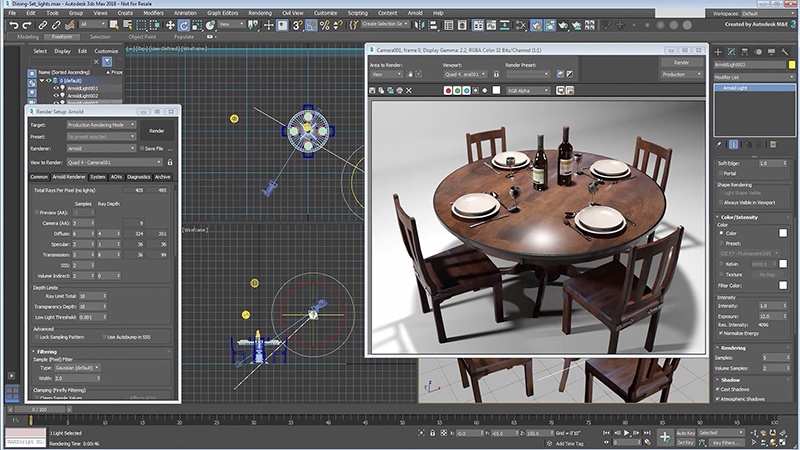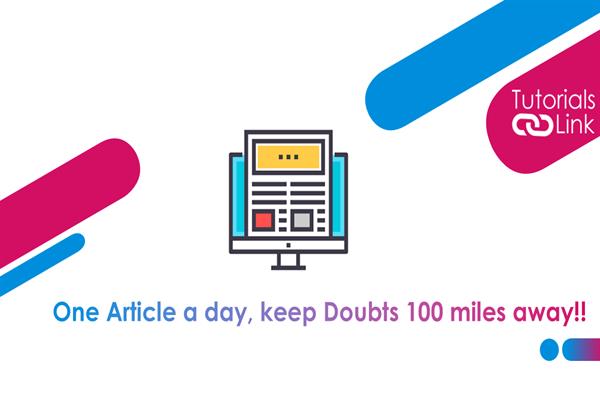3D Visualization: Transform Ideas into Stunning Visual Reality

Picture walking through your dream home before it's built, examining a product from every angle before manufacturing, or exploring complex data in an immersive environment. Professional 3D visualization makes these scenarios not just possible, but remarkably accessible. Let's explore how this technology transforms ideas into compelling visual experiences, complete with practical insights and expert recommendations.
Transforming Industries Through Virtual Reality
The impact of custom 3D visualization spans far beyond traditional applications. Architects present photorealistic buildings to clients, manufacturers prototype products without physical materials, and medical professionals plan surgeries with unprecedented precision. This revolutionary technology shapes decision-making processes across sectors, offering unparalleled clarity and insight.
Consider how 3D visualization transforms architectural projects: clients experience spaces emotionally, investors grasp concepts instantly, and stakeholders collaborate effectively. The technology bridges communication gaps, turning abstract ideas into tangible experiences.
Real-world success story: A luxury real estate developer increased pre-construction sales by 40% after implementing virtual walkthrough experiences. Their investment in high-quality visualization paid off within the first project, saving $200,000 in physical mockup costs.
Essential Components and Practical Implementation
Understanding both the technical and practical aspects of 3D visualization helps in making informed decisions. Here's what industry experts consider crucial for successful implementation:
"The most common mistake I see in 3D visualization projects is rushing through the pre-production phase. Spend at least 20% of your project time on planning, reference gathering, and client requirement analysis. This investment will save you countless hours of revisions later," advises Michael Zhang, Lead Visualization Artist at Digital Frontiers Studio with 15 years of experience in architectural visualization.
- Software Selection: Leading professionals recommend Maya for complex animations ($1,700/year), 3ds Max for architectural visualization ($1,620/year), or Blender as a powerful free alternative. Each tool offers unique advantages, with Maya excelling in character animation and 3ds Max in architectural rendering.
- Hardware Requirements: Invest in workstation-grade hardware with minimum specifications: RTX 3070 GPU, 32GB RAM, and latest-gen processors. This setup ensures smooth handling of complex scenes while maintaining cost-effectiveness.
- Timeline Management: Typical project durations - architectural exteriors (5-7 days), product visualization (3-5 days), virtual tours (10-14 days). Planning buffer time for client revisions is essential.
- Quality Assurance: Implement a three-stage review process: technical accuracy, artistic quality, and client feedback. This systematic approach reduces revision cycles by 60% on average.
Common pitfalls to avoid:
- Underestimating Texture Quality: High-resolution textures can make even simple models look stunning. Invest in quality texture libraries and custom material creation.
- Ignoring Scale and Proportion: Always use real-world measurements and reference objects for accurate scaling. This attention to detail significantly impacts viewer perception.
- Skipping Lighting Studies: Professional visualizations require careful light setup. Spend at least 30% of project time on lighting to achieve photorealistic results.
Cost-Benefit Analysis and ROI
 Professional 3D visualization services typically range from $500 for simple product renders to $5,000+ for complex architectural visualizations. While these figures might seem substantial, consider the return on investment:
Professional 3D visualization services typically range from $500 for simple product renders to $5,000+ for complex architectural visualizations. While these figures might seem substantial, consider the return on investment:
- Marketing Impact: Companies report 35% higher engagement rates with 3D visualization content compared to traditional photography.
- Development Savings: Early visualization identifies design issues, reducing construction modification costs by up to 25%.
- Sales Acceleration: Interactive 3D content shortens the sales cycle by 40% in real estate and product sales.
Industry expert Sarah Chen, Creative Director at VisualTech Studios, notes: "The most successful projects combine technical excellence with strategic planning. We've seen clients achieve ROI within months by using visualization not just as a presentation tool, but as an integral part of their development process."
Future Perspectives and Practical Applications
The landscape of 3D visualization continues evolving, with practical applications becoming more accessible and sophisticated. Current trends and their practical implications include:
"What sets exceptional 3D visualization apart isn't just technical prowess – it's storytelling. Every visualization should have a clear narrative focus. Whether it's highlighting a building's sustainable features or showcasing a product's unique functionality, this story-first approach consistently delivers 40% better engagement rates in our projects," shares Dr. Rebecca Martinez, Visualization Director at TechViz Solutions and author of "Digital Storytelling in Architectural Visualization."
Emerging Technologies and Their Impact:
- Real-time Ray Tracing: Reduces rendering times by 60%, enabling faster project iterations and client feedback cycles.
- AI-Powered Modeling: Automates up to 40% of basic modeling tasks, allowing artists to focus on creative aspects.
- Cloud Rendering Solutions: Cuts hardware costs by 50% while enabling remote team collaboration.
Best Practices for Future-Proofing Your Visualization Pipeline:
- Implement a modular asset library system for 30% faster project turnaround
- Adopt hybrid rendering workflows combining real-time and offline rendering
- Invest in team training for emerging technologies (approximately 10% of project budgets)
Success Story: A medium-sized architectural firm implemented these practices and reduced their visualization turnaround time by 45% while improving client satisfaction rates by 60%.





